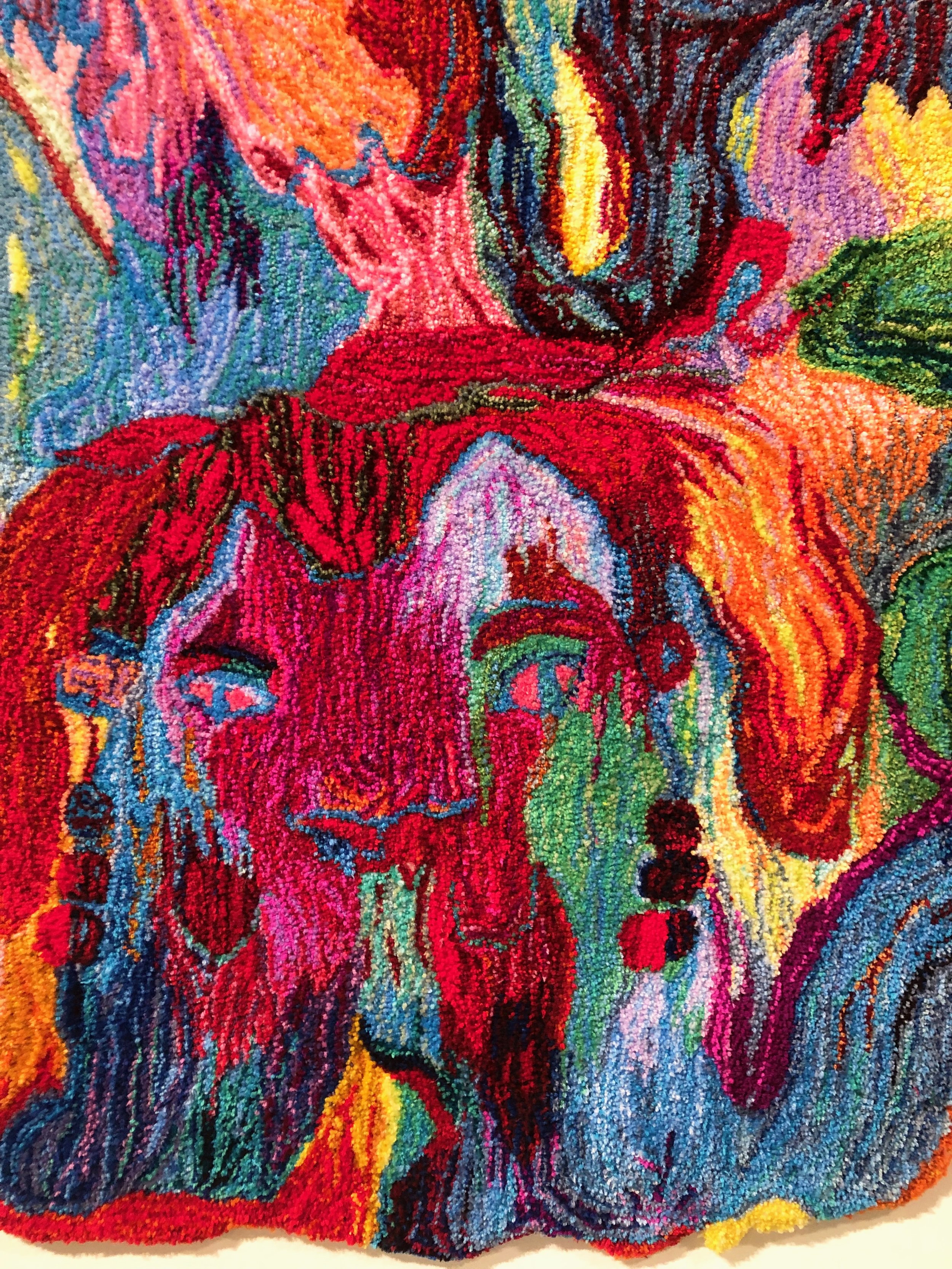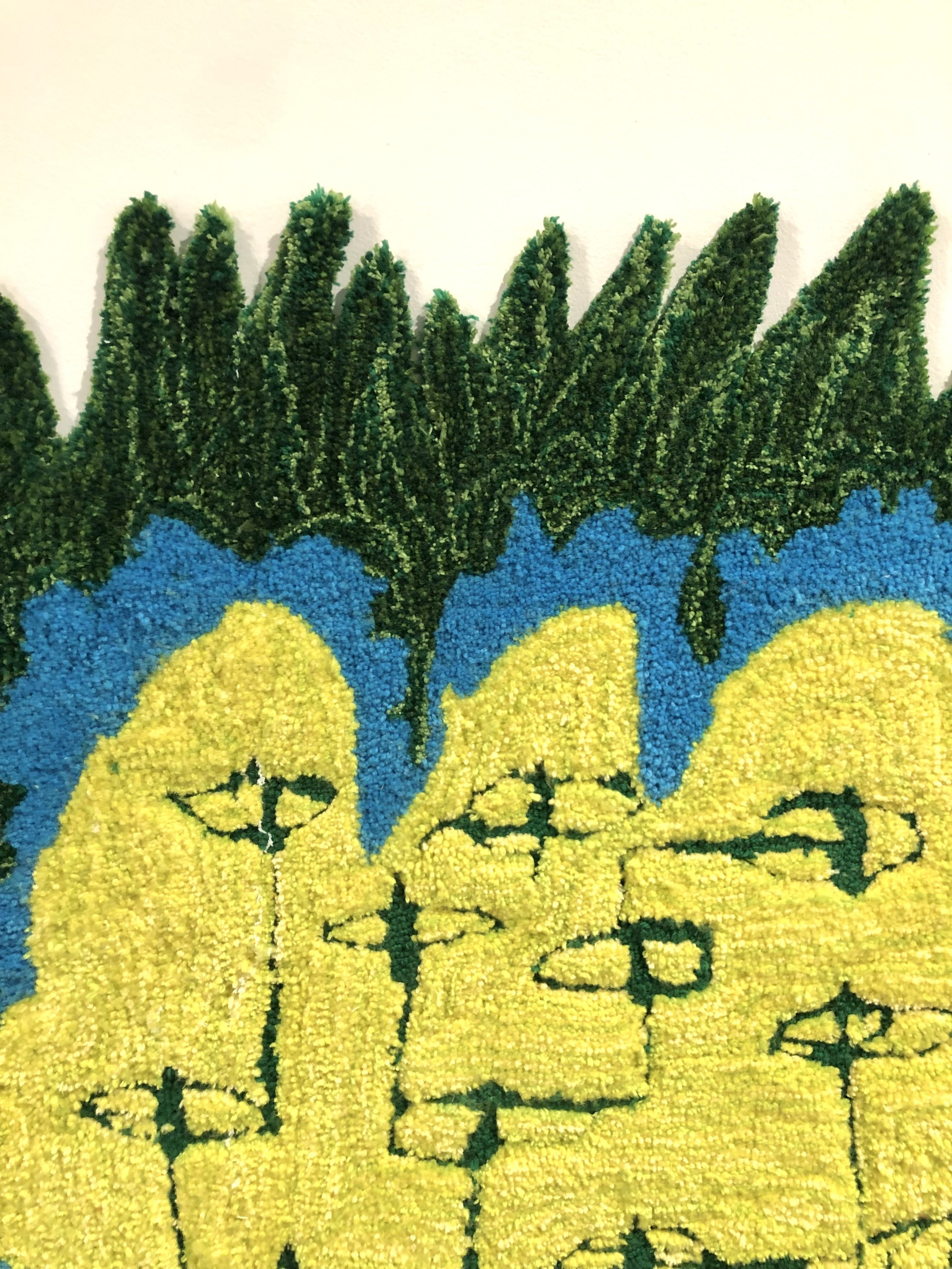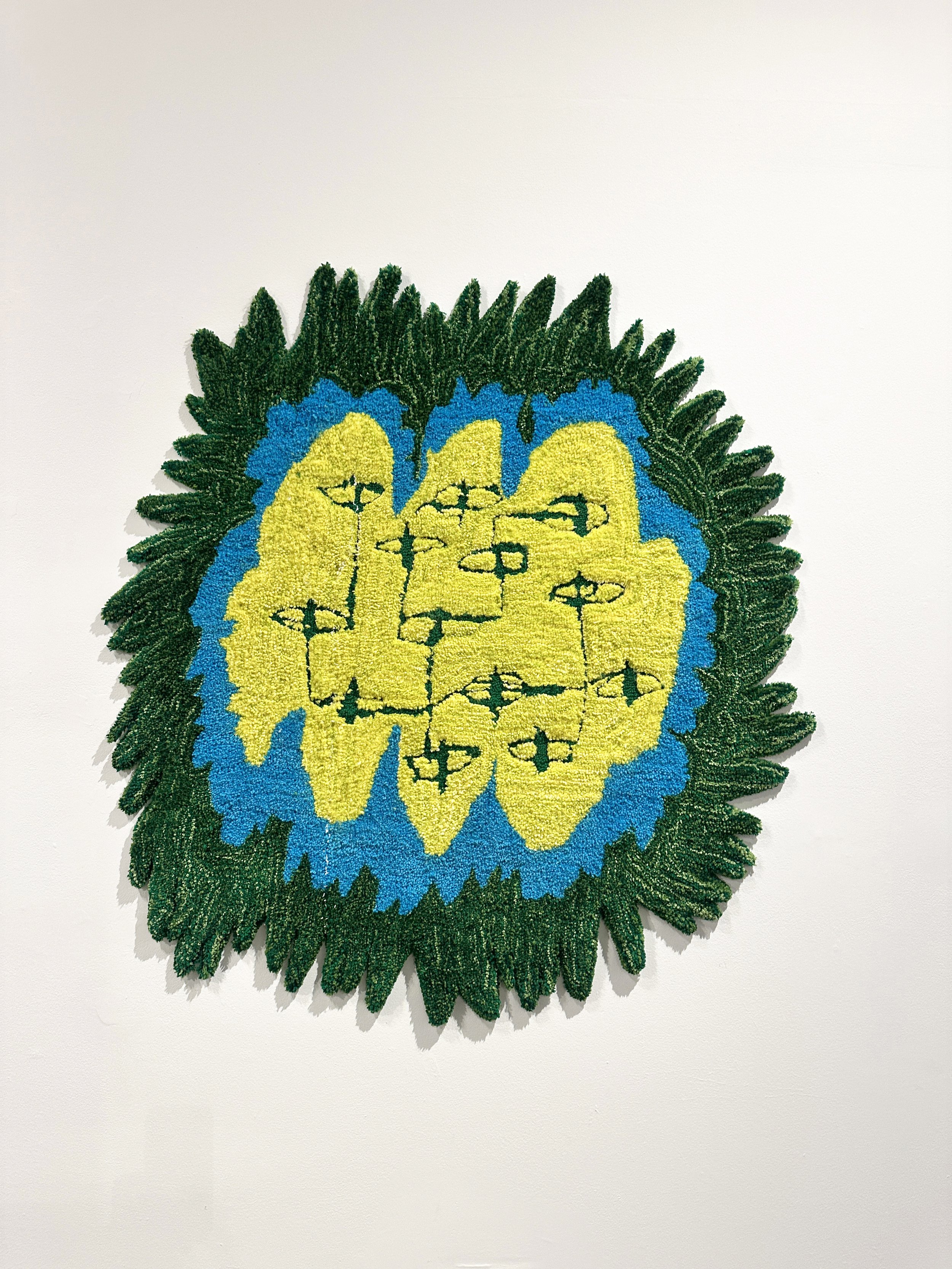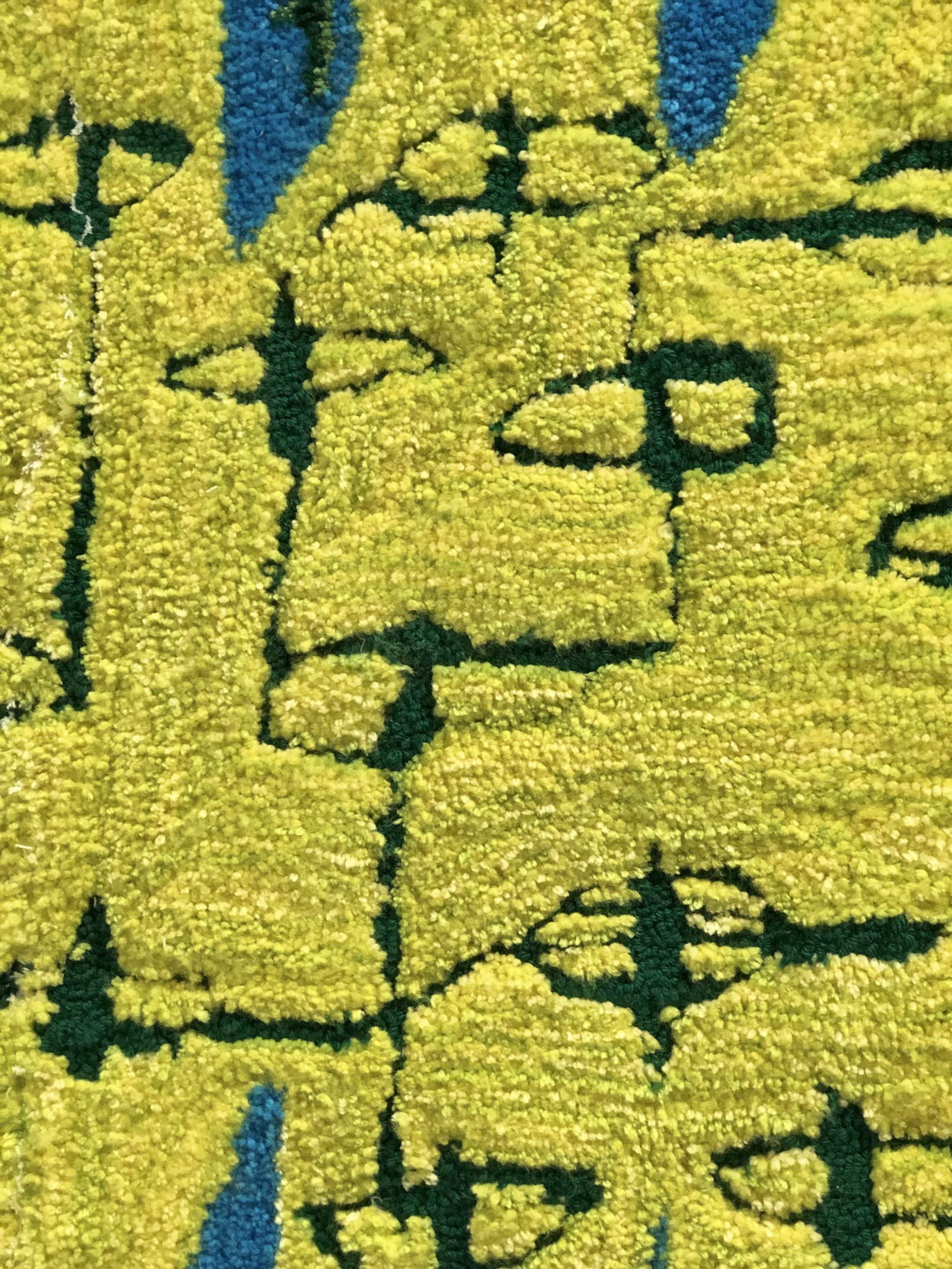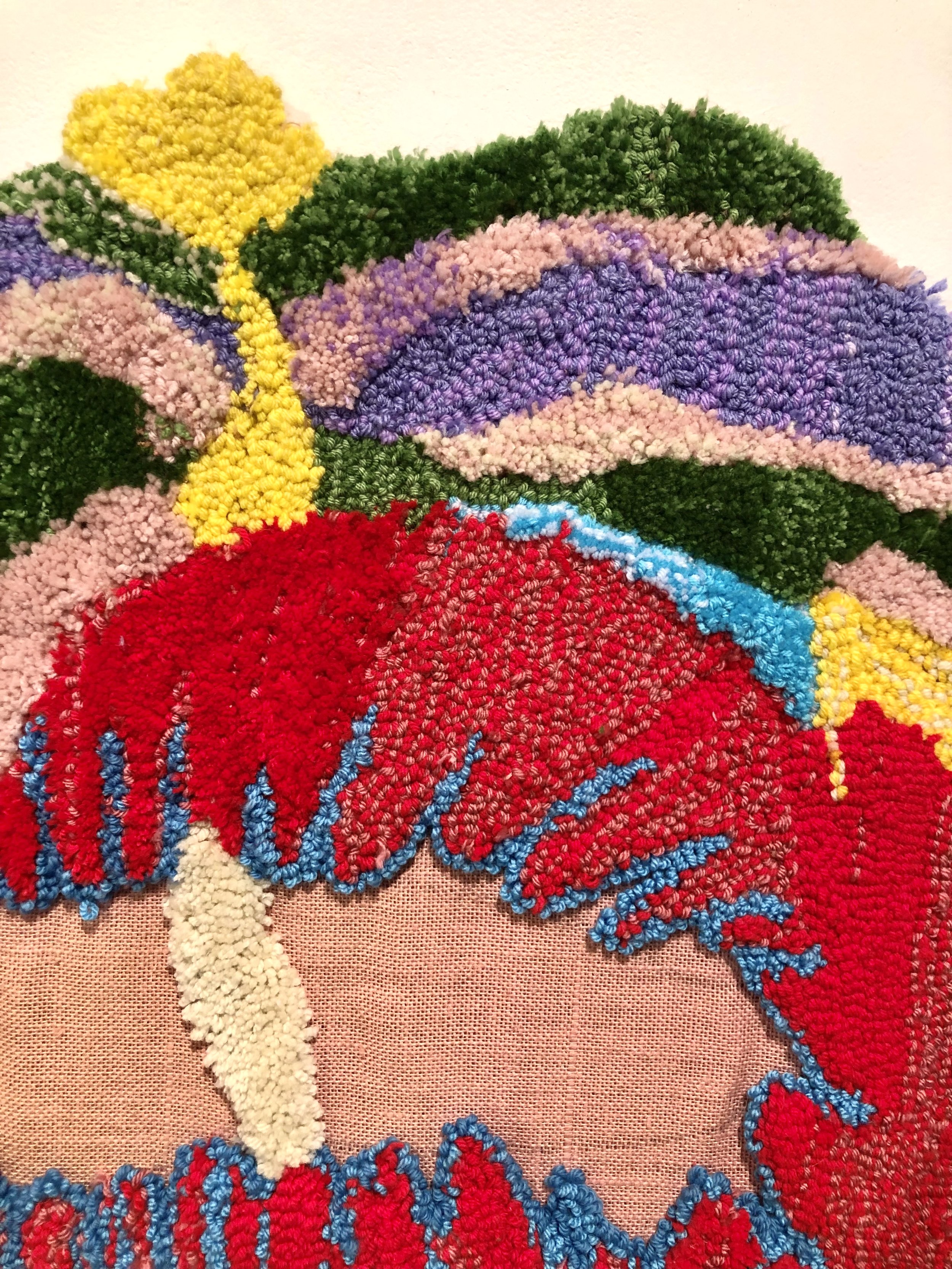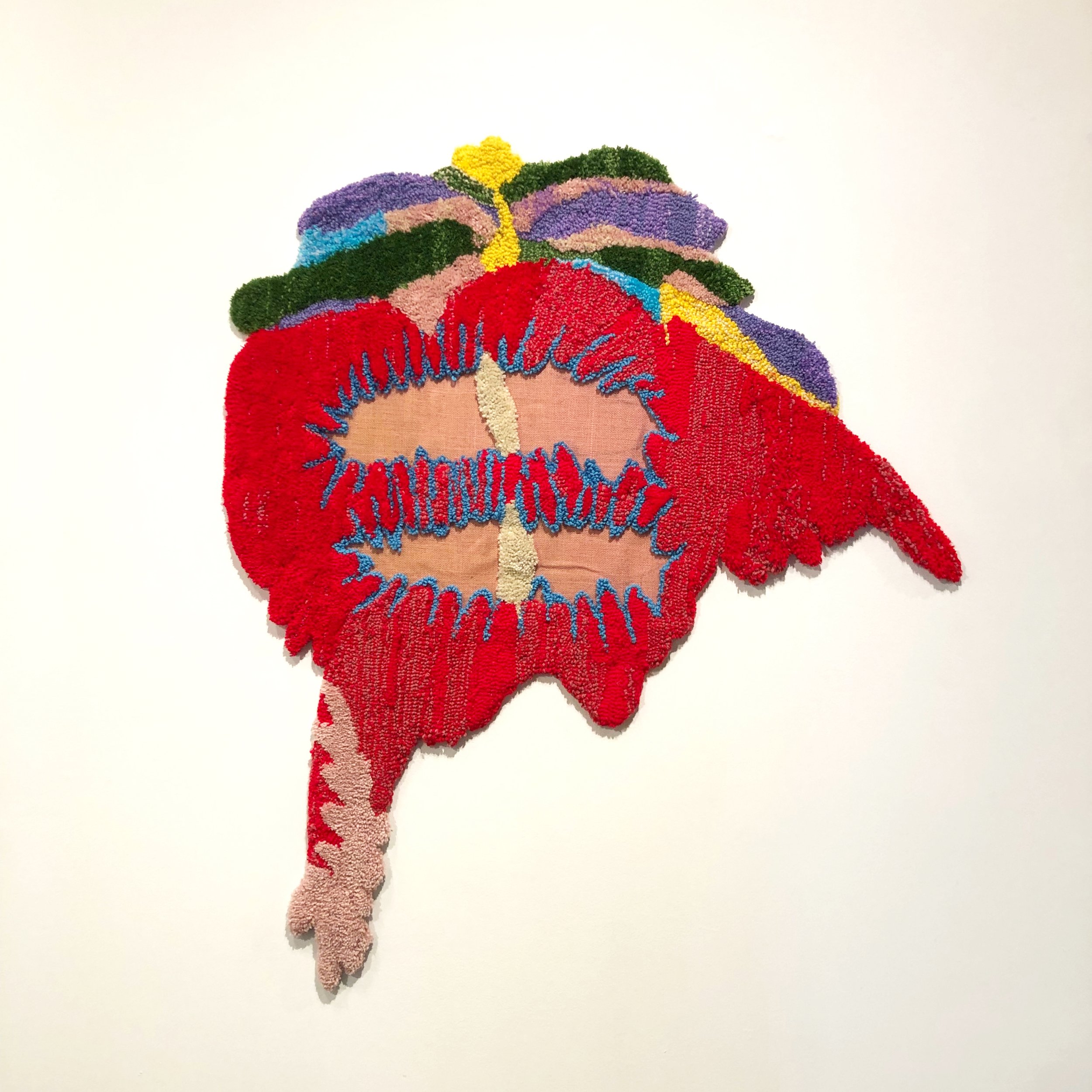DVAA Member since 2022
Basak Kilicbeyli
About:
Basak Kilicbeyli is a Philadelphia-based textile and printmaking artist from Turkey. With a BFA in Graphic Design from Yeditepe University, she ventured into the world of printmaking. Pursuing an MFA at the Pennsylvania Academy of Fine Arts further honed her craft in textiles and provided Basak with opportunities to be featured later in exhibitions at FRIEDA, Da Vinci Art Alliance, Pennsylvania Academy of Fine Arts, AUTOMAT Collective and Usagi NY with Sounds About Riso. The Woodmere Art Museum proudly houses one of her pieces in the permanent collection, making her the collection's first Turkish queer woman artist.
Artist Statement:
The relationship between objects and non-heteronormativity encourages me to probe gender at a three-dimensional level. Textiles, particularly making rugs, are my primary tool for this. To make my objects, I incorporate printmaking, photography, and found materials as well as embroidering and tufting.
Childhood drawings influence the imagery of my current works. I usually revisit these drawings to create my own mythical figures as well as to recall ancient mythical figures and stories to highlight non normative appearances retrospectively. Within various surfaces, gender-ambiguous forms, and figures, I time-travel through archetypes of gender-fluidity, rendering and regenerating their image as a mediator from today.
